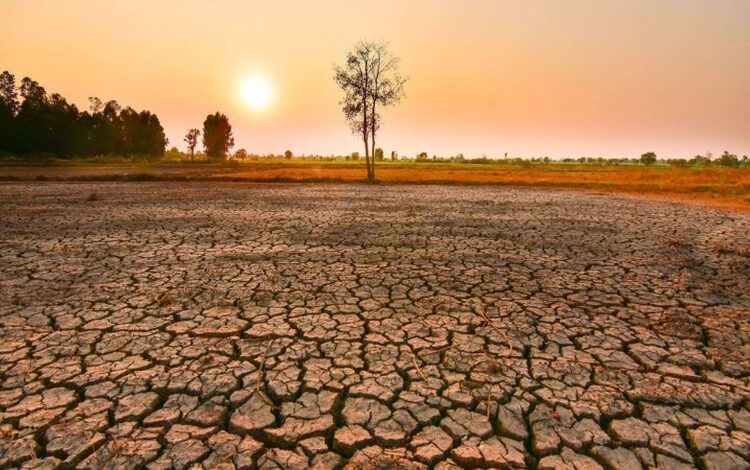As the Philippines braces itself for scorching temperatures, the Philippine Atmospheric, Geophysical and Astronomical Services Administration (PAGASA) issues a grave warning: May could see the heat index skyrocket to levels of “extreme danger,” reaching a staggering 52 degrees Celsius and beyond.

Since Thursday, Cotabato City has been sweltering under a relentless heat index of 42 degrees Celsius, a figure expected to persist through today. This alarming trend is mirrored elsewhere, with La Union recording a blistering 47 degrees Celsius on March 19, marking one of the highest heat index readings of the month. The forecast remains dire, with Puerto Princesa City in Palawan projected to experience 41 degrees Celsius today.
Marcelino Villafuerte II, leading the impact assessment and applications section of PAGASA’s climatology and agrometeorology division, issues a stark assessment, highlighting that April and May are slated to bring forth levels of heat index categorized as “danger” and “extreme danger.” Villafuerte delineates the danger zone as ranging between 42 and 51 degrees Celsius, with anything surpassing 52 degrees Celsius considered extreme danger.
Ana Liza Solis, officer-in-charge of PAGASA’s climatology and agrometeorology division, underscores the lingering impact of the weakened El Niño phenomenon, warning of potentially one of the warmest dry months on record. Despite the phenomenon’s waning influence, its residual effects are anticipated to contribute to elevated temperatures, a concern echoed by the World Meteorological Organization, which declared 2023 the hottest year since records began in the 1850s.
Solis elaborates on the implications, citing the Philippines’ ranking as 11th among countries with the warmest temperatures in the preliminary analysis conducted by PAGASA. With projections indicating temperatures soaring to 40 degrees Celsius in regions like Cagayan Valley between April and May, the risk of heat-related illnesses looms large.
PAGASA emphasizes the gravity of the situation, cautioning that the “danger” level heat index could lead to heat cramps, exhaustion, and potentially fatal heat strokes. The public is urged to minimize outdoor exposure and stay hydrated by consuming ample fluids.

Nathaniel Servando, PAGASA administrator, officially heralds the onset of Philippine summer, marking the end of the northeast monsoon. The termination of this monsoon signals the advent of warmer and drier months, laying bare the challenges posed by the impending heatwave.
As communities brace for the impending heatwave, vigilance and proactive measures are paramount to mitigate the risks associated with extreme temperatures. With the specter of heat-related illnesses looming large, adherence to safety guidelines and staying abreast of weather updates are crucial in navigating through this period of heightened vulnerability.
